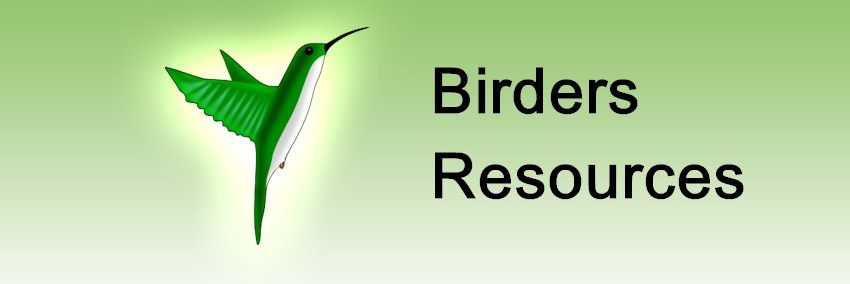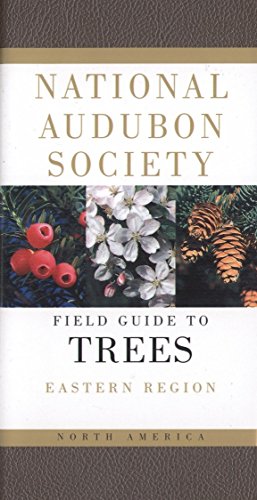The most comprehensive field guide available to the trees of North America’s eastern region–a must-have for any enthusiast’s day pack or home library–from the go-to reference source for over 18 million nature lovers.
Nearly 700 species of trees are detailed in beautiful, full-color photographs of leaf shape, bark, flowers, fruit, and fall leaves, and accompanied by informative text. Both compact and comprehensive, this is the ideal companion for beginner and advanced tree-peepers alike.
Note: the Eastern Edition generally covers states east of the Rocky Mountains, while the Western Edition covers the Rocky Mountain range and all the states to the west of it.For the untrained observer, it can be quite a challenge to sort out the many trees that make up a stand of older forest in, say, New England or the Ozarks. This well-illustrated guidebook, covering 364 species, comes to the rescue with photographs organized in several ways: by, for example, the shape of the leaf or needle, by the fruit, by the flower or cone, and by autumn coloration. Following one visible characteristic or another, the reader can narrow the range of possibilities, then turn to an informative text that describes a tree’s physical characteristics, habitat, and range. Many of the species covered are relatively rare, such as the “stinking cedar” of the Georgia-Florida border; others are locally abundant, such as the paper birch of the boreal forest, used to make ice-cream sticks; still others, such as the smooth sumac, are widespread. The guidebook also covers ornamentals introduced from other continents, such as the Chinese privet and Mahaleb cherry. –Gregory McNamee
Product Features
- Author: National Audubon Society
- ISBN: 9780394507606





A must have book Can’t go wrong with an Audubon book for any topics. This 640 page book has 540 excellent pictures for identification of the different tree species. The pictures combined with the complete description (broken into description, habitat and range sections) makes identification very easy to complete. It also contains a very good glossary section. Physical dimensions makes this book an excellent companion when out in the field.
Extensive, crisp, and beautiful color photos The National Audobon series of identification books are always the best. Hundreds of tree species are shown in crisp color photos. Trees are group by leaf and other features making it easy to identify your tree of interest in a matter of seconds. At the bottom of each photo is a tree and page number that takes you to relevant information about each species. This is the best tree identification book that I have found and would highly recommend it to anyone interested in learning more about trees…
Good reference for identification Last year I was conducting field work in forests within the eastern US, so this year I decided to purchase this guide to help with tree identification as it is a necessary component of my job. My favorite part about this guide is the photographs of each tree species, as well as the illustrations and descriptions that go along with them. There is just a wealth of images and information to find here in such a compact book. I can go to this guide for reference and verification and it generally…